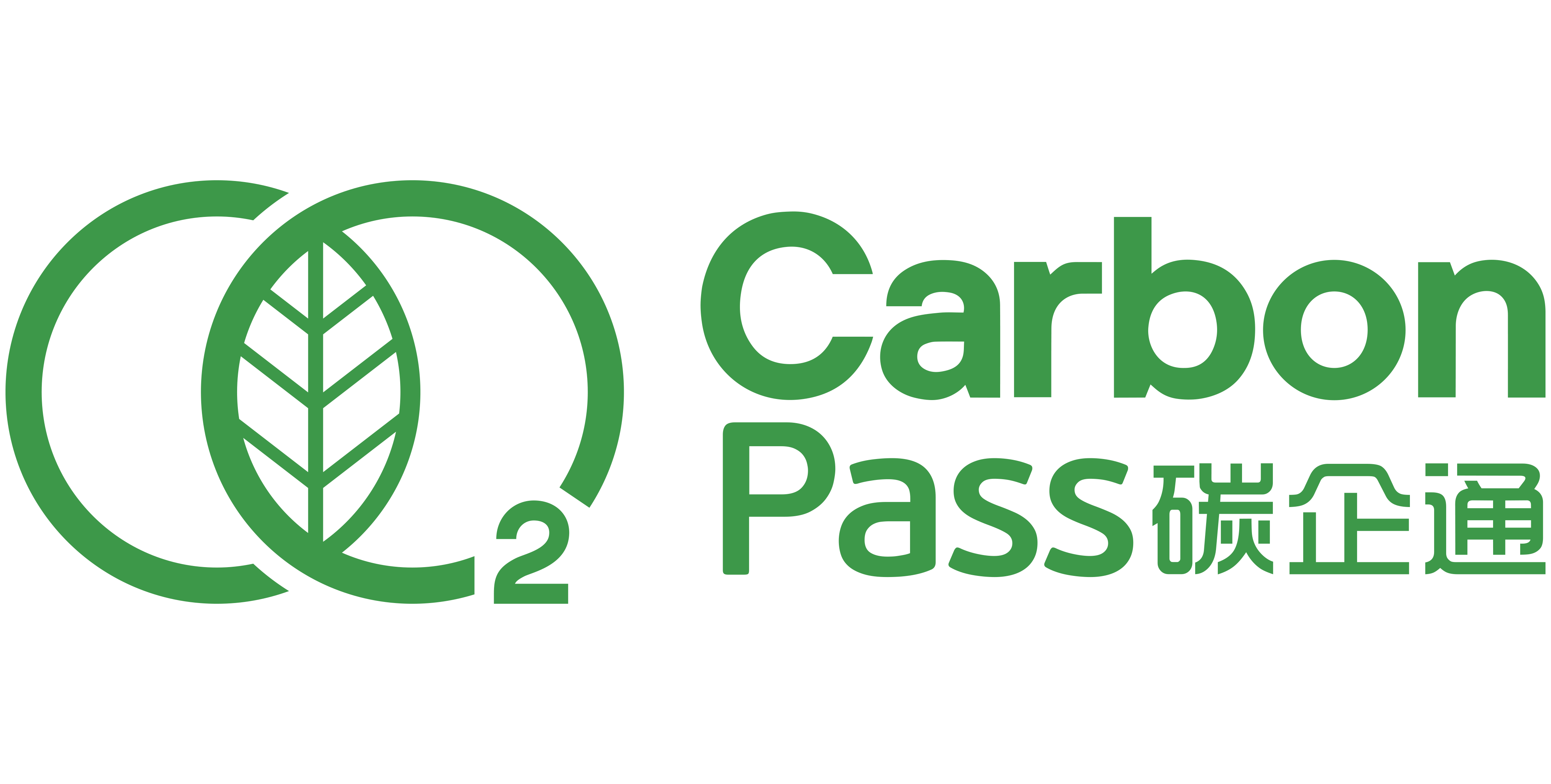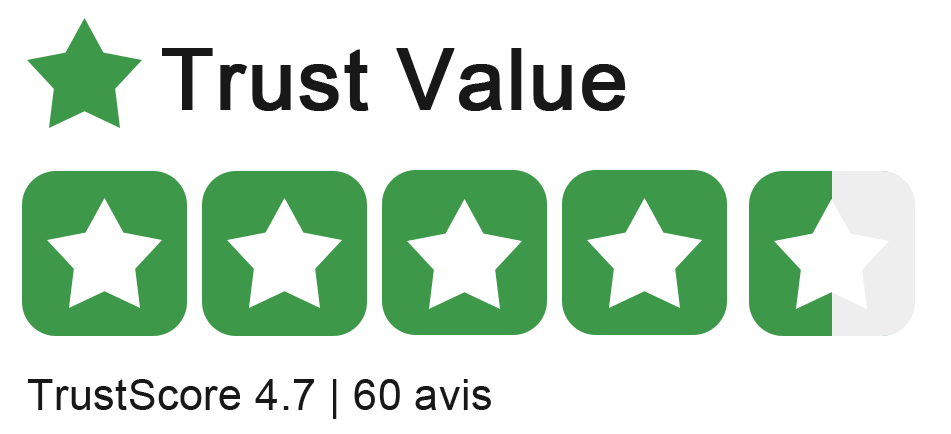Carbon tariffs are approaching, how should Chinese companies respond?
On December 13, 2022, the European Council announced that the European Council and the European Parliament reached a conditional interim agreement on the Carbon Border Adjustment Mechanism (CBAM), which is subject to confirmation by the Council's Permanent Representative Committee and the Parliament.
In October 2023, CBAM will be officially implemented, which is 10 months later than the previously determined implementation time. The EU carbon tariff proposal was passed by the European Parliament in June 2022 and was originally scheduled to be implemented on January 1, 2023. The timetable released this time shows that the EU carbon tariff will be a transition period from 2023 to 2026, and will be officially fully levied from 2027. According to the relevant agreement, the EU carbon tariff will cover industries such as steel, aluminum, cement, fertilizer, electricity and hydrogen energy.
Lin Xiaodong, partner of KPMG China's carbon management and EU Green New Deal, said that considering China's industrial structure and progress in carbon emissions, it is not difficult to foresee that Chinese companies will face major challenges: under the EU's carbon border adjustment mechanism, Chinese importers will With the obligation of compliance and even tax payment, it is impossible to stay out of the matter.
Disadvantages exports from heavy-industrial countries with high carbon emissions
The European Council said the initial carbon tariffs would only apply to reporting obligations, aimed at collecting data. However, with the gradual implementation of the policy, subsequent companies need to pay for their carbon emissions when importing products, and the price is linked to the European Union's Emissions Trading System (ETS). The ETS, the EU's main policy tool for reducing emissions, requires polluting power plants and industrial companies to purchase carbon dioxide emission permits and sets a cap on emissions.
Before the end of the EU carbon tariff transition period, the European Commission will consider the inclusion of other commodities at risk of carbon leakage, including organic chemicals and polymers, with the goal of including all commodities covered by the ETS by 2030. Some agencies estimate that assuming a carbon tax of US$100 per ton is imposed, China’s exports to the EU will be subject to a carbon border adjustment tax of US$35 billion each year, accounting for 7.7% of China’s total exports to the EU.
Judging from the content of the provisional agreement on the EU's carbon border adjustment mechanism, CBAM aims to balance the carbon emission costs of products in the EU and imported products, that is, companies that import products to the EU must purchase CBAM allowances to pay the carbon price of the producing country and the EU's carbon emissions trading The difference in the price of carbon allowances under the EU ETS.
Compared with the first version of the proposal put forward by the European Commission, the provisional agreement reached this time has the following key developments: First, CBAM will be applicable from October 1, 2023, and during the two-year transition period, importers only have reporting obligations. In order to avoid double protection of the EU industry with the EU ETS free quota, the length of the transition period and the quota purchase arrangement of CBAM will be linked to the gradual reduction of the free quota under the ETS. Second, the scope of application of CBAM will be extended to cover hydrogen products and some downstream products. CBAM would cover steel, cement, aluminium, fertilizers and electricity as proposed by the committee, and be extended to hydrogen, indirect emissions under certain conditions, certain precursors, and certain downstream products such as steel products such as screws and bolts.
Most of the work of CBAM will be centrally handled by the European Commission, which will conduct a comprehensive review of CBAM by the end of 2027, including assessing the progress of international climate change negotiations and the impact on developing countries and less developed countries.
As a mechanism to deal with climate change, CBAM is not just a pure taxation system, but a mechanism where taxation and incentives coexist. From the EU's point of view, CBAM is a major incentive mechanism for those enterprises that really carry out energy conservation and emission reduction, because enterprises can use this tax system to form a price advantage in the market. With the withdrawal of free quotas and the rise of carbon prices, this advantage will become more obvious in the medium and long term.
However, for China and the vast number of developing countries, this view is not fair. After all, many Chinese companies have not yet established a mature greenhouse gas management system or effectively reduced emissions; the cost of completing this work, plus the direct cost of purchasing CBAM quotas in the short and medium term, is beyond the reach of Chinese companies.
"The impact of CBAM goes far beyond the EU system itself. As a border mechanism to regulate international trade, other countries and regions are likely to follow the EU's footsteps and establish their own carbon tariff mechanism. In fact, we have seen some Developed countries and regions have put carbon border adjustment mechanisms or similar carbon tariff mechanisms on the agenda. Even if China establishes an equivalent carbon border adjustment mechanism, it will still be at a disadvantage in international trade.” Liang Yinle, KPMG China supply chain leader partner say.
Liang Yinle believes that, unlike the "artificially" defined tariff system, the basis of the carbon tariff system is the objective measurement of greenhouse gas emissions (and emission reductions); The process determines their disadvantaged status. Unless other systems intervene, such differences in advantages and disadvantages will even exist for a long time and even expand day by day. China and other developing countries may have to use other systems and means to protect their own industries, and this process may have an impact on the existing international trade order (such as the WTO) and accelerate the process of "de-globalization".
Bearing the burden of high carbon
A separate new emissions trading system (ETSII) will be established for road transport and building fuels by 2027, the European Parliament said. Fuels for other industries, such as manufacturing, will also be covered, as requested by parliament. If energy prices are unusually high, ETS II could be delayed until 2028. In addition, a new price stabilization mechanism will be established to ensure that if the subsidy price in ETS II exceeds 45 euros, an additional 20 million subsidy will be issued.
The European Parliament also said that a social climate fund would be established to support vulnerable households, microenterprises and transport users in addressing the price implications of emissions trading systems for buildings, road transport and other sectors. Pascal Canfin, a French lawmaker who chairs the parliament's environment committee, said the tentative deal now needed confirmation from EU member states and the European Parliament, which will vote in plenary session in January or February 2023.
It is reported that the carbon tariff is part of the EU's "Fit for 55" package, which aims to combat climate change by reducing greenhouse gas emissions by at least 55% from 1990 levels by 2030, and protect jobs and citizens by 2050. , and net emissions are reduced to zero, achieving carbon neutrality.
The EU intends to guide the flow of supply chains from high-carbon countries to low-carbon countries, forcing developing countries to introduce their green technologies, standards and production equipment, and further promote the development of the EU's green industry, thereby helping to realize a virtuous circle in the field of green competition. Under the global production network, the implementation of EU carbon tariffs will further exacerbate the imbalance of trade interests between developed countries and developing countries, causing developing countries not only to face the risk of being blocked by developed countries at the low end of the value chain, but also It is necessary to bear the high carbon burden brought about by climate trade rules such as carbon tariffs.
Chinese enterprises must have long-term thinking
China, as the world's largest exporter, currently has high carbon emissions in industries headed by manufacturing. Related climate policies such as the European Union's carbon border adjustment mechanism will inevitably increase the total cost of my country's export commodities and reduce market competitiveness. For enterprises that have not established a mature greenhouse gas management system, they will face greater financial and operational impacts in the future.
KPMG suggests that in the face of emerging and increasingly powerful climate-related policies, affected Chinese companies should respond as soon as possible. Through monitoring, reporting and verification of greenhouse gas emission data, fully identify the risks and opportunities of emission reduction faced by enterprises, evaluate the baseline situation and set emission reduction targets based on this, and help the formulation of subsequent decarbonization strategies. Affected enterprises should establish a complete greenhouse gas management system as soon as possible, including quantifying product baselines, introducing, establishing and improving carbon emission management mechanisms such as MRV, preparing for and responding to verification and verification, and developing low-carbon/carbon reduction methodologies and projects. Scientifically and effectively achieve emission reduction targets and reduce the impact and impact of global climate-related policies.
Specifically, in order to cope with the challenges brought about by the EU carbon border adjustment mechanism, companies should identify products and suppliers within the scope, including reviewing supply chains and customs codes. In addition, enterprises should adopt monitoring, reporting and verification mechanisms to analyze and evaluate product carbon footprints from the perspective of CBAM. Special attention should be paid to the fact that the EU ETS/CBAM and the legal system related to greenhouse gas accounting and management are relatively complex and highly technical. Enterprises should choose carbon-related engineering backgrounds, EU verification and certification qualifications, and experience in EU ETS and CDM. Consultants who are familiar with EU ETS, CBAM and the legal system related to greenhouse gas accounting and management. Furthermore, companies should assess the financial and commercial impacts of policy impacts and consider them as potential carbon assets and liabilities of the organization. Finally, companies should identify and analyze existing emission reduction opportunities in their organizations and value chains, and respond to the impact and impact of global climate policies including CBAM and the US Inflation Reduction Act.
Article source: China Foreign Trade Magazine


